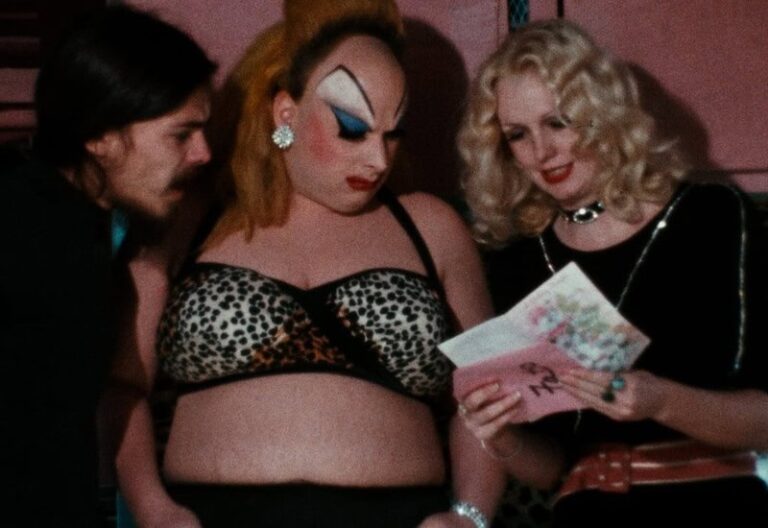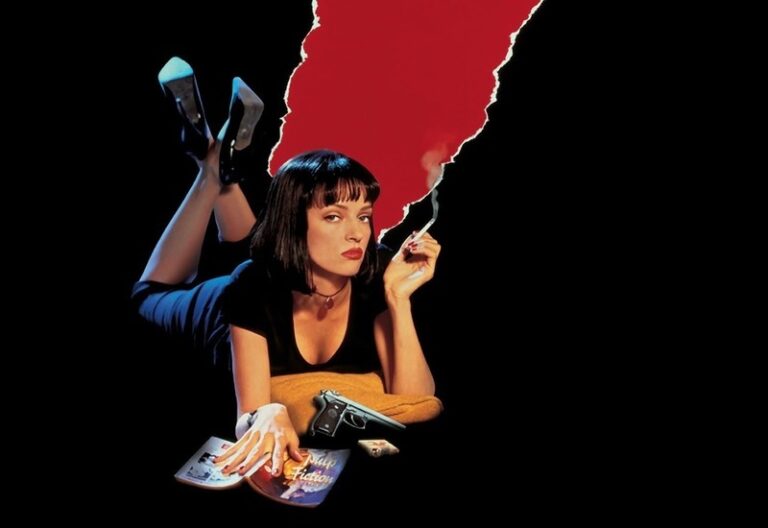what is a mockumentary?
A mockumentary is a clever blend of documentary-style filmmaking and fictional storytelling, offering a humorous or satirical take on real-world subjects. Over the years, it has evolved into a popular genre in both film and television, known for its unique ability to blur the lines between reality and fiction.
Published by: CinemaWaves Team | Filed Under: Film Blog
The Meaning of Mockumentaries
A mockumentary is a type of film or television show that imitates the style and format of a documentary but with a fictional or comedic narrative. It blends reality with fiction, often using satire, parody, or absurdity to explore social, political, or cultural topics. Mockumentaries use the conventions of traditional documentaries, such as talking-head interviews, handheld camera work, voiceovers, and “on-the-scene” footage, to lend authenticity to their stories, despite being entirely fictional or exaggerated.
Mockumentaries usually blur the line between truth and fiction, using the documentary form to present humorous or critical commentary on real-life subjects or to satirize certain genres, personalities, or industries. While many mockumentaries lean toward comedy, they can also be used to explore more serious themes in a subversive way, making them a versatile tool for filmmakers.

History and Development of the Mockumentary
The origins of the mockumentary can be traced to early forms of parody and satire, but it wasn’t until the mid-20th century that the format began to take shape in film and television. One of the earliest examples is Orson Welles’ 1938 radio broadcast of “The War of the Worlds,“ which, while not a mockumentary, used documentary-style techniques to present a fictional alien invasion as real, causing mass hysteria. This event hinted at the potential power of blending fiction with a documentary-style presentation.
The mockumentary as we know it today started gaining traction in the 1960s and 1970s. A pivotal moment came in 1964 with Peter Watkins’ “Culloden,” a historical film that depicted the Battle of Culloden in a documentary style, even though the subject matter took place centuries earlier. Watkins later created “The War Game” (1965), a fictionalized account of a nuclear war, shot in a style that closely resembled actual newsreels, marking an early use of mock-documentary techniques for serious, dramatic purposes.
However, it was the rise of television and, later, cinema verite in the 1960s that laid the foundation for the mockumentary genre to grow. Television comedies like “Monty Python’s Flying Circus” often played with mock-documentary formats in their sketches. In 1984, the release of Rob Reiner’s “This Is Spinal Tap” marked a major turning point for the genre. The film, a satirical take on the music documentary format, followed a fictional rock band on tour, and its deadpan humor and use of documentary conventions made it one of the most famous examples of the genre.
Characteristics of a
Mockumentary
Deadpan humor and satire: Most mockumentaries use deadpan humor, where characters and situations are presented seriously, even if they are absurd. This straight-faced delivery contrasts with the ridiculousness of the situations. Satire is also a prominent feature, as mockumentaries commonly poke fun at societal norms, industry practices, or popular culture.
Documentary aesthetic: Mockumentaries mimic the visual and narrative style of real documentaries. This includes handheld cameras, shaky footage, talking-head interviews, and fly-on-the-wall filming techniques.
Exaggeration of reality: While mockumentaries often start with a seemingly real premise, they quickly escalate to absurd extremes. This exaggeration is a way to critique or satirize real-life institutions, events, or individuals.
Fictional events or characters: Unlike traditional documentaries, mockumentaries are entirely fictional, though they draw on real-world inspirations or events. They create fictional characters or scenarios and present them as if they were factual, sometimes confusing viewers as to what is real and what is not.

Famous Mockumentary Films
“This Is Spinal Tap” (1984) by Rob Reiner: A parody of the rock documentary genre, this film follows a fictional heavy metal band on a disastrous tour. Its deadpan humor and quotable lines, along with the realistic presentation of absurd situations, have made it a cult classic.
“Man Bites Dog” (1992) by Remy Belvaux: A Belgian mockumentary that pushes the boundaries of the genre, it follows a camera crew documenting the life of a serial killer. The dark humor and graphic content blur the line between mockumentary and horror, making it a provocative exploration of violence and media ethics.
“Best in Show” (2000) by Christopher Guest: It offers a satirical look at the world of competitive dog shows. Guest’s ensemble cast plays quirky characters in a straight-faced, documentary-style format, delivering subtle yet hilarious commentary on human eccentricity.
“Borat” (2006) by Larry Charles: The film stars Sacha Baron Cohen as a fictional Kazakh journalist who travels across the United States. Mixing real interactions with staged scenarios, Borat blends mockumentary techniques with social commentary, exposing the prejudices and absurdities of real-life individuals.
“What We Do in the Shadows” (2014) by Taika Waititi: A comedic take on the lives of vampires living together in modern-day New Zealand. Shot in a mockumentary style, it offers a fresh, hilarious spin on both vampire lore and reality TV tropes.
Influence and Legacy
Mockumentaries have had a significant influence on both cinema and television. The format has proven particularly successful in television, with shows like “The Office,“ “Parks and Recreation,“ and “Modern Family” adopting the mockumentary style by using the same documentary-style interviews and handheld camera work to add an extra layer of humor and relatability.
In cinema, mockumentaries have allowed filmmakers to experiment with narrative structures, blending fact and fiction to comment on everything from celebrity culture to politics. They offer a unique way to critique real-world issues by exaggerating them through a lens of absurdity. Overall, mockumentaries have become a powerful tool for filmmakers, offering a fresh, subversive way to explore both comedic and serious themes in cinema and television.
Refer to the main page for more educational insights on filmmaking and cinema history.
Both movements unfolded in the late 1950s, they shared a common goal of capturing reality in its most unfiltered form. Direct Cinema, pioneered in the United States…
Surrealist cinema originated in the 1920s as an extension of the broader Surrealist art movement, which itself grew out of the Dada movement that arose during and after World…
A cult film is a movie that builds a devoted following without achieving mainstream success or widespread critical praise at the time of its release. These films are…
Postmodernist film emerged in the latter half of the 20th century, rooted in the broader cultural and philosophical movement of postmodernism. It started as a reaction…
Experimental film, referred to as avantgarde cinema, is a genre that defies traditional storytelling and filmmaking techniques. It explores the boundaries of the medium, prioritizing…
Independent film, often called indie film, is produced outside the major studio system. Its roots can be traced back to the early 20th century, when filmmakers began seeking…






